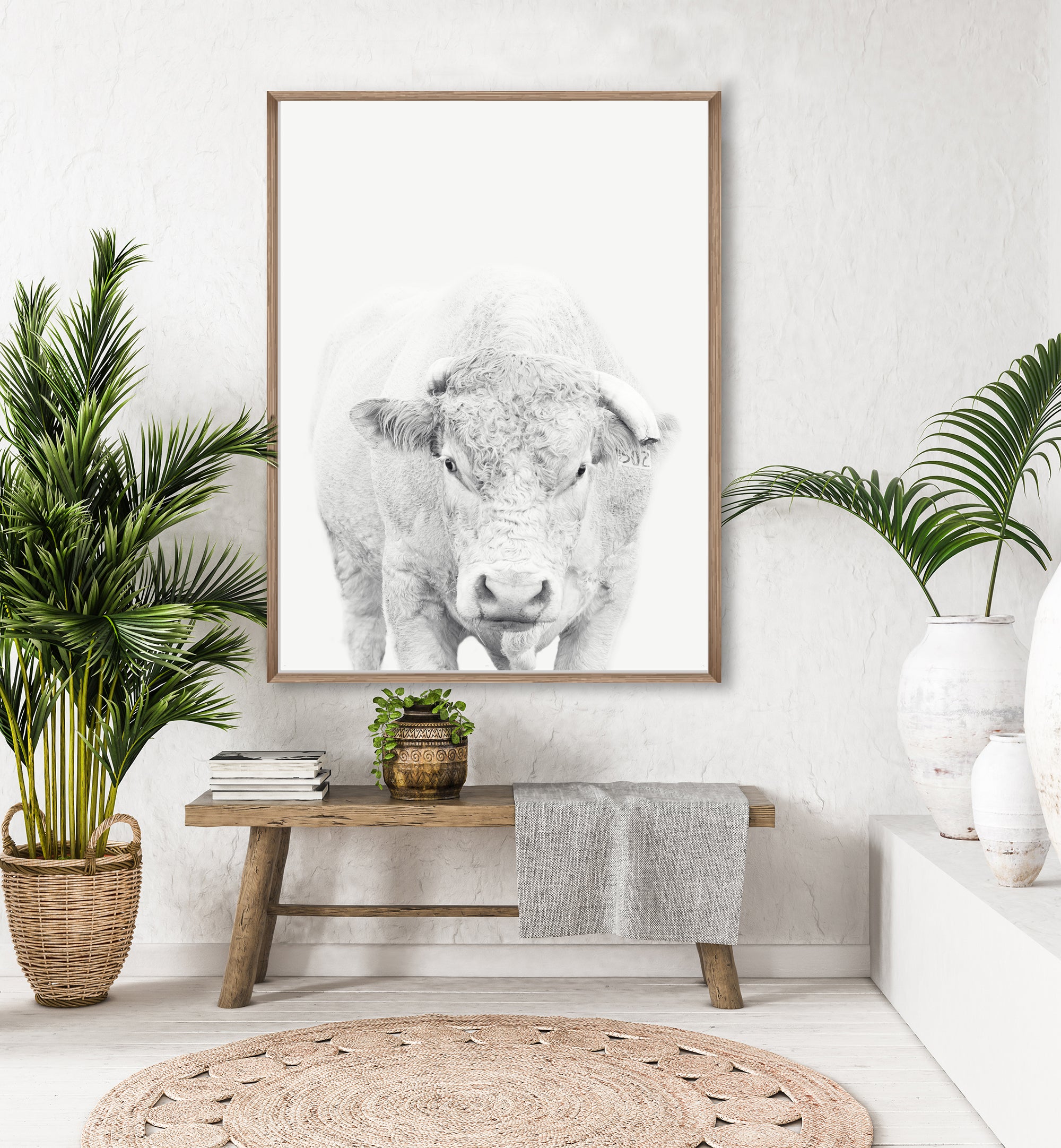Image Composition
Over the last few weeks I have been trying to do some Facebook Lives to help you with your own photography. Some of my facebook lives are just too hard to put into a blog post, but I am going to give this one a go. Thank you to all who have watched my lives so far. I get nervous doing them, but I hope you are getting something out them while in Lockdown. My idea behind it was, you are at home with your children, and you might want to get your camera out again and start taking some photographs.
In my last facebook live I spoke about Composition and the Rule of Thirds, and I would just like to recap that.
The Rule of Thirds is one of the first things that a beginner photographer learns about in a photography class, and it was the first thing I also learnt about. It can help you create a well and balanced, or interesting shot.
One thing to say is though, rules are meant to be broken and ignoring this one doesn't mean your images are necessarily unbalanced or uninteresting. However if you intend to break a rule, you should always learn it first to make sure your breaking of it is all the more effective!
Also keep in mind it's just one composition technique of many.
What is the Rule Of Thirds?
The basic principle behind the rule of thirds is to imagine breaking an image down into thirds (both horizontally and vertically) so that you have 9 parts.

When you are taking your image you would have this grid in your mind.
The "Rule of thirds" identifies four important parts of the image that you should consider placing points of interest in as you frame your image.
Not only this - but it also gives you four 'lines' that are also usefull positions for elements in your photo.
If you place points of interest in the intersections or along the lines that your photo becomes more balanced and will enable a viewer the image to interact with it more naturally.
Studies have shown that when viewing images that people's eyes usually go to one of the intersection points most naturally rather that the center of the shot. Using the rule of thirds works with this natural way of viewing an image rather than working against it.
Here is an example of my image "Clyde"

The animals eyes become the focus points. I have placed them on two intersecting lines of the grid.
In this shot I have placed the subject along a whole line which means she is considerably off center and therefore creating an additional point of interest. Placing her right in the center of the frame could have resulted in an 'awkward' and 'less interesting' shot.

And also for this shot too.

Also a good technique for landscape shots is to position horizons along one of the horizontal lines as I have done with the following shot.

You can see I have placed two thirds on the ocean, as this was more important to keep in my image than the sky.

And this above landscape image, I was drawn to the colours of the sky, so I decided to keep two thirds of this in my image, and one third of the ground. The line of third goes straight through the deer and mountain, as this is where I want the viewers eyes to fall.
Using the Rule of Thirds comes naturally to some photographers but for many of us it takes a little bit of time and practice for it to become second nature.
In learning how to use the rule of thirds (and then to break it) the most important questions to be asking yourself are:
- What are the main points of interest in this shot?
- Where am I intentionally placing them?
Once again, remember that breaking the rule can result in some striking shots.
So once you have learnt it, experiment with purposely breaking it to see what you discover.
Lastly, keep the rule of thirds in mind as you edit your photos later on. Post production editing tools today have good tools for cropping and reframing images so that they fit within the rules. Even when you crop your images on your cell phone, you will notice a rule of thirds grid come up to help you edit your shot.
Experiment with some of your old shots to see what impact it might have on your photos, even if it is on your cell phone.
Here is a before and after of a shot I have just edited using the 'Rules of Thirds.' I decided the head of the elk bull was where I obviously wanted the focus to be. And also I wanted two thirds of the photo in with the dark background as I felt it added to the effect of shot.




